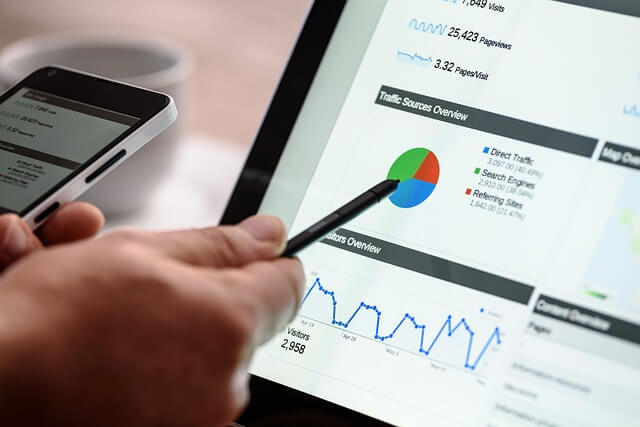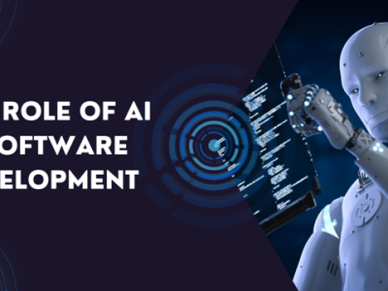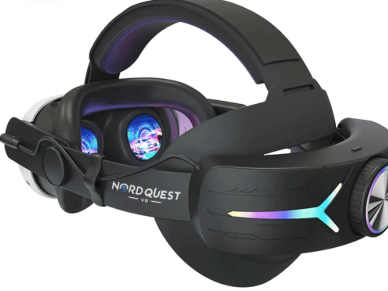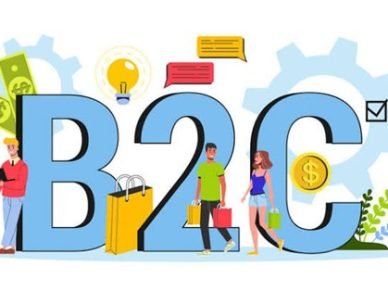In today’s business world, data isn’t just valuable; it’s essential.
Imagine using your smartphone’s GPS without any maps—pretty pointless, right? That’s what decision-making feels like without analytics guiding the way.
Businesses harnessing data unlock doors to smarter strategies and better outcomes. Curious how to tap into this potential? Dive into these innovative ways to leverage analytics for sharper insights and informed decisions that can propel your business forward in an ever-evolving market landscape.

Leverage Predictive Analytics to Anticipate Market Trends
By analyzing historical data, businesses forecast future market trends and consumer behavior.
Tools like AI algorithms sort through heaps of data to reveal patterns and signals that humans might overlook. Think of it as having a weather forecast but for your industry dynamics. It helps prepare strategies proactively rather than reactively addressing surprises down the line.
You will make more informed decisions when you know what might come next, which means you can take control instead of being caught off guard. Also, don’t forget to use predictive analytics for software maintenance.
Uncover Hidden Insights with Sentiment Analysis
Imagine being able to read your customers’ minds. Sentiment analysis helps you achieve just that.
By processing natural language from social media, reviews, and other platforms, you can gauge public sentiment about your brand or product.
It’s like listening in on conversations around the globe—understanding what people truly think. This approach identifies emotional trends and detects dissatisfaction early on, allowing timely responses to feedback.
Rather than guessing customer satisfaction levels, rely on data-driven insights to tailor marketing strategies and product development efforts effectively—and gain a key advantage in today’s competitive market landscape.
Enhance Customer Experience Through Real-Time Data Monitoring
Real-time data monitoring transforms customer experience by providing immediate insights. It’s like having a conversation with your customers as it happens.
With tools that track user interactions on websites or apps, you can spot patterns and respond swiftly to needs or issues. For instance, if a surge in support requests occurs, businesses can address them proactively before they snowball into larger problems.
This dynamic feedback loop helps tailor services and offerings on the fly—boosting satisfaction levels and loyalty without waiting for quarterly reports to make improvements.
Customers notice when you listen and act quickly!
Apply Geoanalytics for Strategic Location-Based Decisions
Think of geoanalytics as your business’s compass. By integrating geographical data with analytics, you can identify where your efforts yield the best results.
Imagine a retailer mapping customer distribution to optimize store locations or delivery routes.
It becomes a game-changer by revealing spatial patterns that regular data analysis misses. This approach enables targeted marketing campaigns and strategic expansions based on precise demographic insights.
If you want to drill deep into geoanalytics, you could even become a certified GIS professional to get to grips with Geographic Information Systems. For instance, at Saint Mary’s University of Minnesota, you can combine expertise in data science and geoanalytics—and improve your management and leadership skills—in the university’s new Master of Science program.
Craft Personalized Marketing Strategies with Behavioral Analytics
Imagine being able to tailor marketing messages as if you knew each customer personally. Behavioral analytics helps businesses achieve this level of personalization by tracking and analyzing consumer actions across digital platforms.
Think about the insights gained from understanding browsing habits, purchase histories, and even time spent on specific content. These insights can guide customized campaigns that speak directly to individual interests and preferences, increasing engagement rates.
By leveraging these tools, companies create experiences that feel unique to each user rather than one-size-fits-all approaches—resulting in deeper connections and ultimately driving brand loyalty through meaningful interactions.
















Leave a Reply